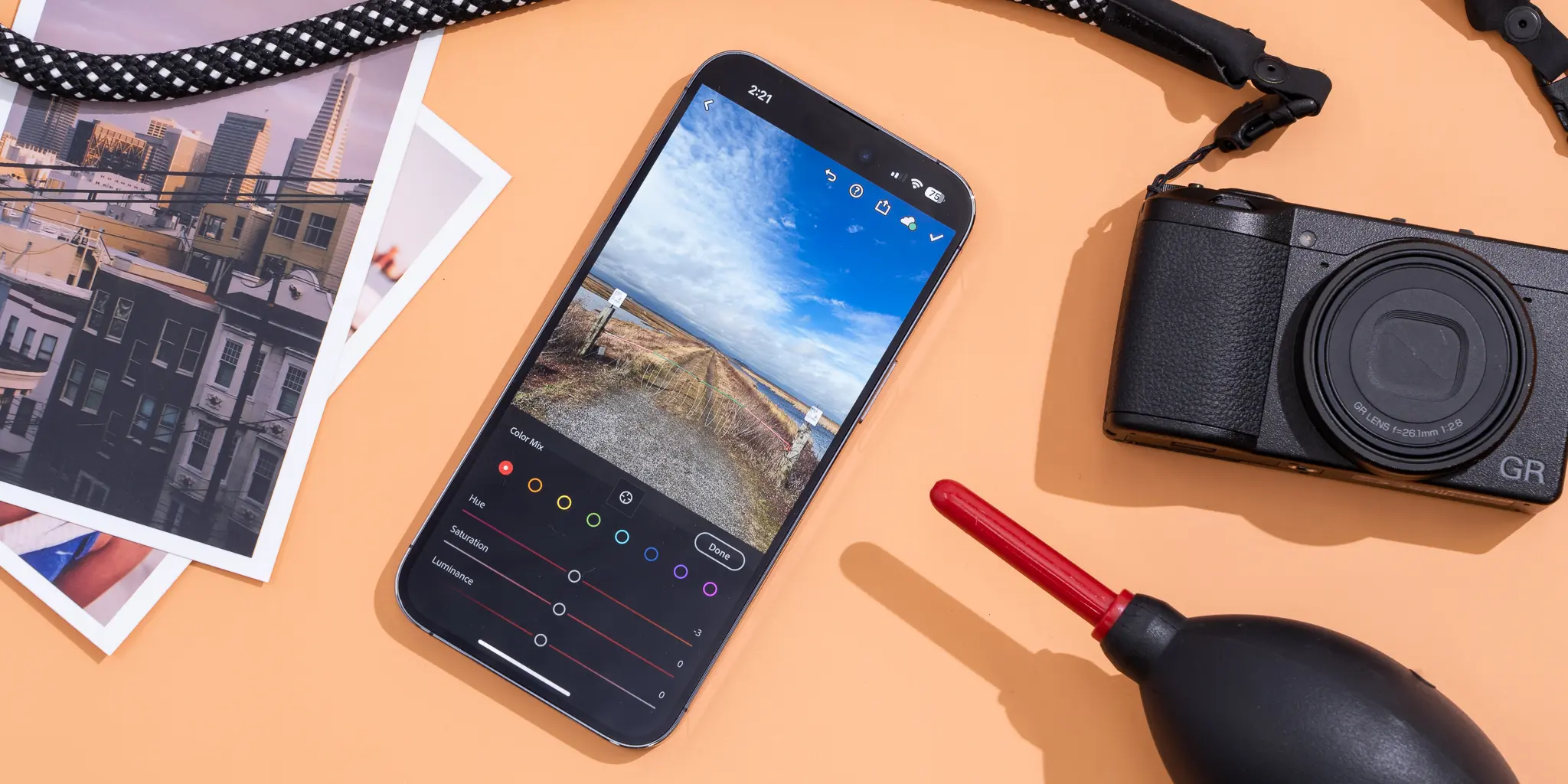Introduction
Photo editing has evolved significantly, transforming from simple brightness adjustments to AI-powered enhancements. As digital content becomes more prominent in our daily lives, staying updated with the latest trends can help photographers, influencers, and designers create visually stunning images. In this article, we will explore the most exciting photo editing trends in 2025 that are revolutionizing the industry.
1. AI-Powered Editing Tools
Artificial Intelligence (AI) has taken the photo editing world by storm. AI-driven tools such as Adobe Sensei, Luminar AI, and Fotor use machine learning algorithms to automate complex editing tasks. These tools can:
-
Instantly remove backgrounds
-
Enhance facial features without manual retouching
-
Suggest best filters based on the image’s lighting and composition
AI editing is ideal for both professionals and beginners, making high-quality image editing accessible to everyone.
2. Mobile Editing Apps
With the rise of social media platforms like Instagram and TikTok, mobile photo editing has become a necessity. Popular apps such as Snapseed, PicsArt, and Lightroom Mobile offer:
-
Professional-grade editing features
-
AI-based enhancements
-
A wide range of filters and effects
These apps allow users to edit their photos anytime, anywhere, ensuring quick and convenient photo enhancement.
3. 3D & AR Effects
Augmented Reality (AR) and 3D effects are changing how users interact with digital images. Social media platforms have introduced AR filters that allow:
-
Real-time facial transformation
-
Virtual makeup and accessories
-
Animated backgrounds
These effects add a creative and dynamic element to photos, making them more engaging and shareable.
4. Vintage & Retro Editing Styles
The nostalgia trend continues to dominate digital photography. Vintage and retro-style filters recreate the aesthetic of film cameras and polaroids by adding:
-
Grainy textures
-
Sepia and black-and-white tones
-
Light leaks and color distortions
This trend is widely popular among content creators looking to add a timeless touch to their visuals.
5. HDR & Cinematic Editing
High Dynamic Range (HDR) processing enhances images by improving contrast, brightness, and details. Cinematic editing, inspired by movie color grading, creates:
-
Moody and dramatic effects
-
Film-like color tones
-
Enhanced shadows and highlights
Many photographers and filmmakers use this technique to give their images a storytelling effect.
Conclusion
As technology advances, photo editing is becoming more intuitive and creative. Whether you are a beginner or an expert, staying up-to-date with these trends will help you create visually appealing content.
